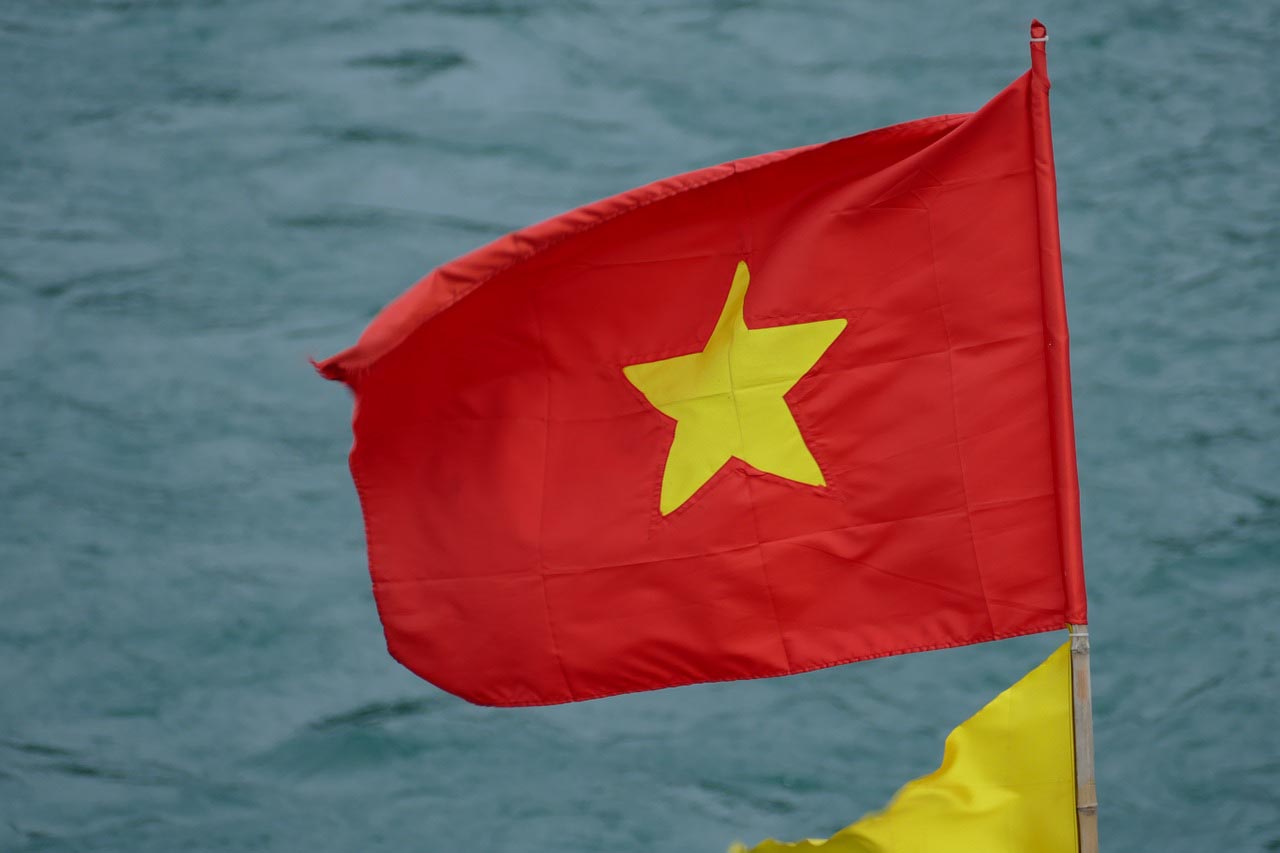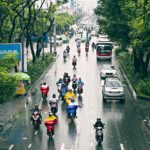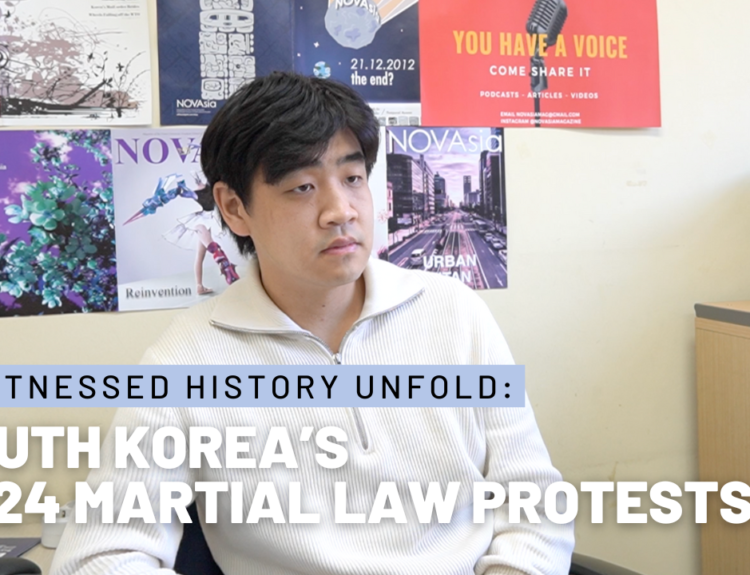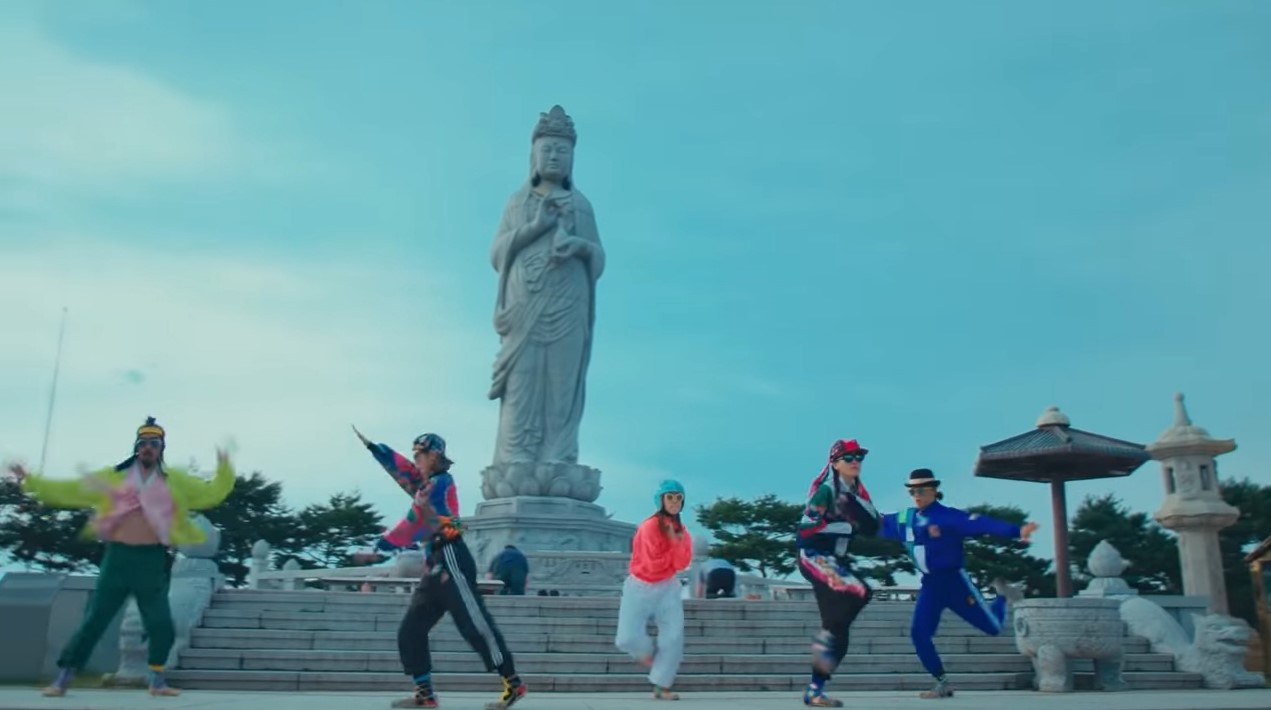During the mid-1980s, Vietnam was plunged into a profound socio-economic crisis. Against this backdrop, the shift away from a centrally planned economic model initiated in 1986 marks one of the most important policy decisions Vietnam has made since its unification.
The result has been an economic system labelled as a “socialist-oriented market economy.” The “socialist-oriented” phrase arguably bears one interesting implication; it provides for the departure from the obsolete economic model inherited from the Soviet Union, while still securing the supposedly vital leadership role of the Communist Party of Vietnam (CPV) in political and economic systems.
Indeed, this momentous shift to a market-based economy has drawn Vietnam out of its economic quagmire and turned the country into an impressive Asian success story over recent decades. However, several remnants from modern Vietnam’s ideological past have become impediments to Vietnam’s bourgeoning socio-economic scene.
Specifically, the amended constitution Vietnam adopted in 2013, while recognizing the existence of multiple economic sectors, still maintains that the “state economy takes the primary role.”
At first glance, this should not surprise or baffle anyone. A government capturing the “commanding heights” — a term Lenin used in 1922 to refer to the control of key segments of a national economy — is nothing new. In fact, state intervention in the market, sometimes even drastic, is considered by some commentators as essential to the success of Asia’s economic “miracles.” Nonetheless, the results of such economic centralization Vietnam faces today is more gloomy than miraculous.
In practice, Vietnam’s notion of “state economy” is largely construed as the dominance of state-owned enterprises (SOEs). The primary and substantial place these SOEs inhabit means that they may rightfully consume the large part of national resources without many restrictions or obligations in return.
SOEs have it easy when it comes to credit. In certain cases, they are singularly allocated prioritized credits backed by the state. That is in addition to SOEs easier access to credit from the Vietnam Development Bank, a special financial institutional arm of the government that’s in charge of allocating or relending the official development assistance Vietnam receives.
SOEs are also the only sector granted certain prerogatives and privileges. For instance, they are allocated land and public infrastructure, and enjoy subsidiary rents at a fraction of the market price. Then, SOEs can mortgage this land and infrastructure for even more credit, an exclusive right unknown to the private sector.
In certain areas, such as the electric power industry, aerial and rail transport, publication, and natural resources exploitation, SOEs are statutorily the only sector allowed to operate, making them monopolies by default.
In marked contrast to these privileges, SOEs perform poorly, threatening the economy’s long-term growth and stability. With privileged access to credit, SOEs create only a tiny share of new jobs and contribute modestly to export revenue. As a whole, they are strikingly inefficient, with capital productivity on average scoring roughfly half of that from the non-state sector.
Despite their poor performance, SOEs are quintessential cases of “too-big-to-fail.” SOE loans are largely guaranteed by the state. Yet recent experiences with troubled SOEs – such as Vinashin, and various projects from Vinacomin and Vicem – signal that even when the loans are not state-backed, they will be assumed by government in cases of failure.
SOE debt is therefore a contingent liability on the Vietnamese government. While official figures suggest that Vietnamese government debt rose to 62.2% of GDP in 2015, some maintain that the number is actually much higher counting in the SOE debt, at about US$180 billion or 97% of GDP.
Worse yet, blessed with unprecedented privileges, SOEs have become hotbeds of corruption as they face limited government oversight, such as lowered transparency standards, or are so intertwined with the government as to make ‘oversight’ but a hollow word. The most noteworthy case was the corruption scandal at Vinashin, a state-owned shipbuilder, where three executives were charged with embezzling $12 million. When the case finally spilled out into the public in 2010, it was the straw that finally broke the camel’s back after years of losses and debt, of which $750 million was guaranteed by the government.
While the SOE issue in Vietnam is visible mostly in the macroeconomic scope, land ownership is an issue that directly affects various demographic groups on a smaller, more direct level.
As written in the constitution, land “is of the people’s ownership, represented and uniformly governed by the state.” While “people’s ownership” is a concept with socialist characteristics, it is the second clause that has actual influence in practice.
Particularly, as mandated by the 2003 Land Law, and further elaborated in decrees 84 and 181, district and higher authorities are authorized to “recover land for important economic development purposes.” Although land recovery must involve commensurate compensation, they are calculated based on the purpose of land use at the time of recovery, creating a critical loophole.
In reality, land recovery occurs most commonly with agricultural land, which has the lowest compensation rate. While negotiations regarding reimbursement are happening, there is no resistance against the recovery itself since, “important economic development purposes” are determined by the authorities, primarily through official zoning. Lands recovered in such cases are then converted to commercial use, before being sold, rented, or in particular cases, assigned to certain private enterprises.
What does this essentially all mean? Authorities, usually local, can arbitrarily reclaim lands from small landowners and powerless individuals at a scant price, then redistribute the lands in various ways to crony friends to gain from land value discrepancy. On top of it all, the whole process is in compliance with every law in existence — a legal corruption in kind.
This phenomenon threatens the people’s rights to property. The lawful status, coupled with the involvement of government at different levels just goes to deepen the sense of inequality and social conflict between common people and authorities.
Just recently, residents of Dong Tam, a village on the outskirts of Hanoi, have been holding officials hostages for nearly a week to protest a government attempt to evict villagers from disputed land. The incident at Dong Tam is not isolated.
Overall, whether it is SOEs, or land ownership, the big picture in Vietnam is that remnants of old ideologies, hollow nods to Vietnamese socialism, are hampering the stability and development of the country. The sole reason the principles of state primacy in the economy and people’s ownership still exist is to legitimize the single party rulership of the CPV. The implications of these principles in practice resemble nothing of socialism, but rather cronyism, nepotism, even “savage capitalism.”
The obvious solution would start from abolishing these empty principles, but that would pose a challenge to CPV’s legitimacy. Without a political challenger to CPV’s grip on power, such a solution would not come soon, or easy.
As the sole ruling party of Vietnam, the CPV is facing a different dilemma than that of the Vietnamese people. As much as the CPV desires to secure its monopolistic rulership, its legitimacy is currently running on the country’s economic performance, which is currently maimed by the empty and decaying “socialist” principles. The CPV must reckon, either discarding or reinvigorating these principles, which translates into practical reform programs, and drastically work on corruption crackdowns. Otherwise, they risk fueling the already fiery cauldron of anti-establishment sentiment, which entails social and political turmoil — something the CPV itself does not wish to see.
- Are We Seeing the North Korean Nuclear Crisis Coming to an End? - May 23, 2018
- Reading Trump’s Whimsical Stance on TPP - April 23, 2018
- China Scraps Presidential Term Limit: Implications for the World - March 25, 2018






